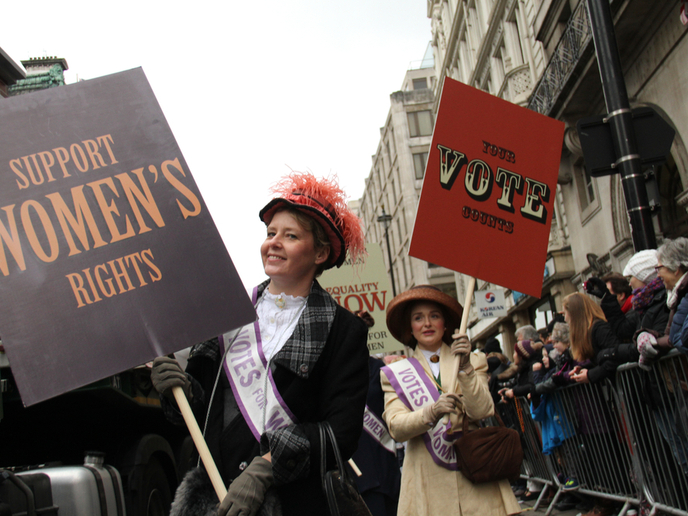Digital resources encourage citizens to reinterpret European (hi)stories
History and cultural heritage are often viewed as being irrelevant to daily life, perceived as processes where the memorisation of facts is paramount and expert interpretations offered are unassailable truths. The EU-supported CROSSCULT project allowed people to create their own interpretations, demonstrating that history and cultural heritage are not immutable but evolving social phenomena. The project developed reflection tools which revealed hidden associations between locations, artefacts, concepts and people across Europe. These were developed as part of the CROSSCULT services Platform and the CROSSCULT Knowledge Base, which held the mobile applications and software currently targeted for market launch.
The reflection tools for smarter venues
The CROSSCULT Platform offers flexible software services and a toolkit for cultural heritage professionals to develop their own customised applications (including profiling, personalisation, association discovery and narrative creation). The platform hosts four ecosystems offering solutions for the exploration of large multi-thematic venues, for connecting different small/medium ones, for connecting physical and digital cultural items, social media and trending topics and, lastly, for location-aware urban discovery of culture heritage. The platform also integrates a Knowledge Base, which links digital collections across sites. The project crowdsourced its technology development through its ‘living lab’, a forum which engaged specialists and the public. This allowed a range of voices to be heard, making the effort more inclusive as it took into account considerations such as disability needs. The team conducted four pilots. At London’s National Gallery, paintings showed different aspects of European history, connecting concepts, places and people, while also assisting visitors in navigating the venue. The second pilot connected four archaeological locations in Greece, Italy, Portugal and Spain, exploring the therapeutic use of water in antiquity with visitors collaborating in dedicated games. The Archaeological Museum of Tripolis in Greece had its collection digitally enriched with items from museums around the world, exploring the place of women in society, past and present. Finally, two UNESCO heritage cities (Luxembourg and Valetta) were linked under the theme of population movement, using location-based and crowdsourcing technologies. “These showed that mobile application experiences, designed using our platform and using reflective narratives, can successfully engage cultural heritage visitors in cross-border thinking and historic reinterpretations,” says Kate Jones, team member.
Supporting social cohesion
By increasing access to culture that explores social issues such as health or migration, while revealing cross-border connections, CROSSCULT helps people re-examine their common past and explore their individual and group identities. Creating surprising links and questioning assumptions – with users guided by narratives that reflect on ‘my gender identity’, ‘my local identity’, ‘my European identity’, etc. – could help increase social cohesion and respect for difference. Currently the platform is available on demand under an Affero General Public License and three of the four pilot mobile applications are available from the Google and Apple stores. With CROSSCULT’s assets of interest for marketing, education, tourism or smart cities, the team are currently investigating the formation of a legal entity to manage the commercial potential of some of the assets. “We are investigating opportunities within and beyond Europe. Prototype developments already underway in Ecuador and Egypt point to the global direction they would like to go in. Alongside this, we want to further explore associated technology used in the project such as social media, especially the role of influencers, and the crowdsourcing of content,” says Martín López Nores, a CROSSCULT team member.
Keywords
CROSSCULT, cultural heritage, crowdsourcing, reflection, narratives, artefacts, paintings, gallery, archaeological museum, mobile applications, reinterpretations



